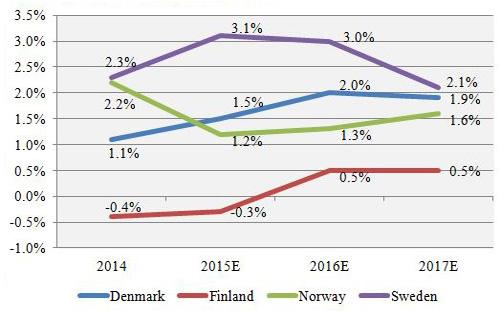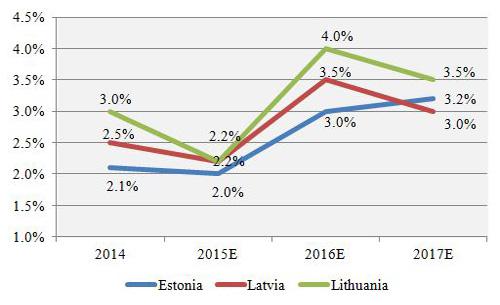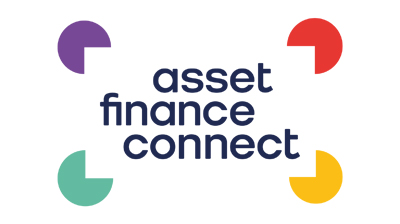Underlying strength can be detected in the eurozone from the fact that the most recent crisis – the latest episode in a possible Greek exit – was not reflected as previously by hitting confidence in other debt-ridden economies such as Italy, Spain and Portugal. Nonetheless, this was another challenge that all European markets have had to face this year.
The Nordic and Baltic countries have not avoided the influence of global headwinds, with growth trends slowing in 2015. However, the forecasts are positive for all seven economies, although there remain areas of concern and the near-term prospects for individual countries are variable. Investment is key to growth, but it remains subdued in all the Nordic and Baltic economies.
Nordic variation
Regarding the Nordic economies, the consensus view is summed up in the September 2015 Economic Outlook produced by the Markets Division of Nordea Bank: “The economic performance of the Nordic countries still varies.” The survey noted that the lead economy in the region remains Sweden, which has relatively high growth and rising employment, and the Danish economy has now entered a “stable recovery phase”, although at a rate of growth that is more modest than Sweden’s.
However, the survey also notes that the sharp drop in oil prices in 2015 has contributed to the previously strong Norwegian economy losing momentum, and Finland still lags behind the other Nordic economies due to weak domestic demand and the stagnation of the Russian economy. It concludes that the region faces “a challenging course.”
Nordics − Real GDP growth estimates (%)

Source: Nordea Markets
Inflation is projected to pick up in Denmark and Sweden over the next two years, keeping ahead of eurozone levels but unlikely to reach 2%. On the other hand, Norway is more likely to see a slight reverse from a rate above 2% as wage growth declines due to lower profitability and excess labour in the oil-related markets.
A generally positive outlook for growth is provided in the August 2015 Nordic Outlook from SEB Group, “appears rather good for the Nordic region as a whole. Both Sweden and Norway are benefiting from weak currencies and dynamic conditions for households, while Denmark will be helped by expansionary fiscal policy.” However, the research also recognises that “the Finnish economy has been grappling with structural problems” which remain unresolved and continue to hinder growth.
Baltic expansion
Meanwhile, growth rates in the Baltic States remain relatively robust, although here too forecasts have been trimmed slightly. Lithuania is undergoing a “solid cyclical recovery” according to Nordea Markets, and has demonstrated the greatest resilience to the Russian economic decline.
Baltic States − Real GDP growth estimates (%)

Source: Nordea Markets
Inflation rates should start to rise in the Baltic States, driven by private consumption and housing construction, which will be welcome after languishing at near zero rates in 2014 and 2015.








